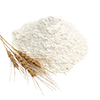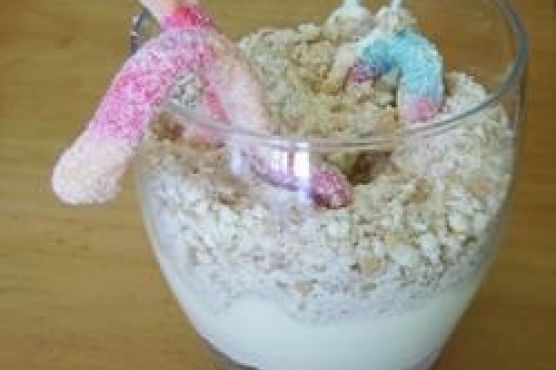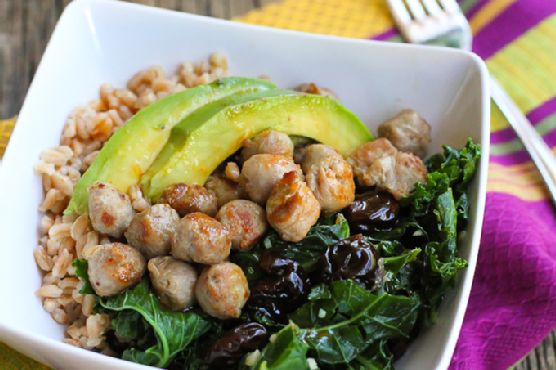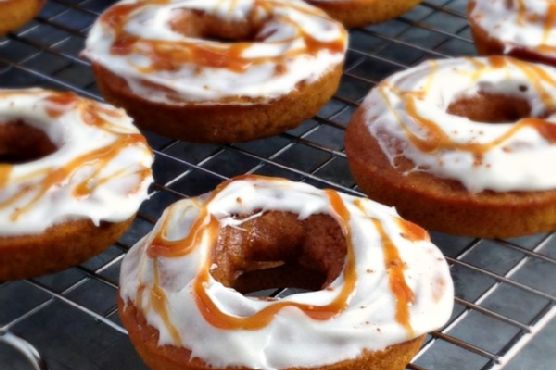Chocolate & chestnut truffle torte
Chocolate & chestnut truffle torte is a dessert that serves 10. For $1.21 per serving, this recipe covers 8% of your daily requirements of vitamins and minerals. One portion of this dish contains about 4g of protein, 30g of fat, and a total of 429 calories. Head to the store and pick up brandy, sugar, double cream, and a few other things to make it today. This recipe from BBC Good Food has 203 fans. It is a good option if you're following a lacto ovo vegetarian diet. From preparation to the plate, this recipe takes around 6 hours. All things considered, we decided this recipe deserves a spoonacular score of 28%. This score is not so amazing. If you like this recipe, take a look at these similar recipes: Italian Chocolate-Chestnut Torte, Chocolate Truffle Torte, and Bitter Chocolate And Rendelsham Forest Chestnut Truffle Cake.
Servings: 10
Preparation duration: 50 minutes
Cooking duration: 10 minutes
Ingredients:
2 tbsp brandy (optional)
50g butter, melted, plus a little extra
435g can unsweetened chestnut purée (we used Merchant Gourmet)
2 x 200g 7oz bars plain chocolate, broken (don't use one with a very high cocoa content)
600ml pot double cream
2 eggs, separated
40g plain flour
85g caster sugar
Equipment:
baking paper
oven
whisk
frying pan
bowl
Cooking instruction summary:
Heat oven to 200C/180C fan/gas 6.Grease a 25cm springform tin, then linethe base and sides with baking paper.Whisk eggs and sugar until pale and thick.Sift the flour and cocoa together ontothe mixture, then gently fold in, followedby the butter. Pour into the tin, ease tothe edges, then bake for 8-10 mins untilrisen and firm to the touch. Cool in the tin.Meanwhile, beat the chestnut puréeand egg yolks until as smooth aspossible. Melt the chocolate in a bowlover a pan of simmering water with halfthe cream. Remove from the heat,then beat into the chestnut mixture.Whisk the egg whites until stiff. In aseparate bowl, whip the remainingcream until it holds its shape. Fold intothe chocolate mixture, then carefully foldin the egg whites. Drizzle the brandy, ifusing, over the sponge base, then pourthe chocolate mix on top. Level thesurface and chill for 5 hrs or overnightuntil firm. Chill for 2 days, or freeze for2 months. Thaw overnight in the fridge.To serve, carefully remove from the tin,strip off the paper and slide onto a cakestand. Dust heavily with cocoa.
Step by step:
1. Heat oven to 200C/180C fan/gas 6.Grease a 25cm springform tin, then linethe base and sides with baking paper.
2. Whisk eggs and sugar until pale and thick.Sift the flour and cocoa together ontothe mixture, then gently fold in, followedby the butter.
3. Pour into the tin, ease tothe edges, then bake for 8-10 mins untilrisen and firm to the touch. Cool in the tin.Meanwhile, beat the chestnut puréeand egg yolks until as smooth aspossible. Melt the chocolate in a bowlover a pan of simmering water with halfthe cream.
4. Remove from the heat,then beat into the chestnut mixture.
5. Whisk the egg whites until stiff. In aseparate bowl, whip the remainingcream until it holds its shape. Fold intothe chocolate mixture, then carefully foldin the egg whites.
6. Drizzle the brandy, ifusing, over the sponge base, then pourthe chocolate mix on top. Level thesurface and chill for 5 hrs or overnightuntil firm. Chill for 2 days, or freeze for2 months. Thaw overnight in the fridge.To serve, carefully remove from the tin,strip off the paper and slide onto a cakestand. Dust heavily with cocoa.
Nutrition Information:















